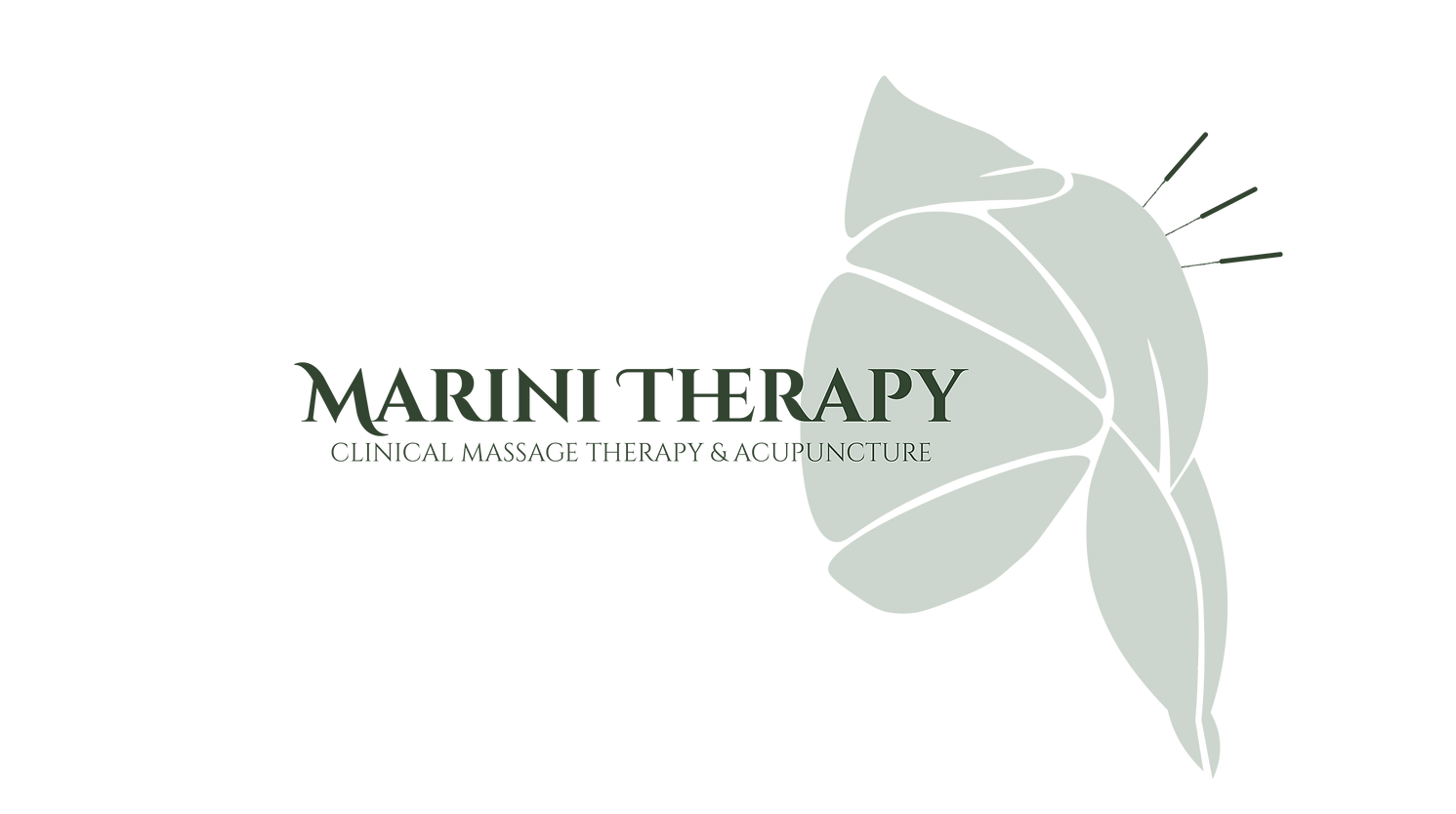Our Services
Neurokinetic Therapy
What is Neurokinetic Therapy?
Neurokinetic Therapy (NKT) is a manual therapy technique that focuses on addressing dysfunctional movement patterns and muscle imbalances. Developed by David Weinstock, NKT combines principles from neurology, biomechanics, and manual therapy to assess and treat the underlying causes of pain and movement issues.
The core idea is that many injuries and chronic pain conditions stem from poor movement habits or compensatory patterns. NKT uses muscle testing to identify which muscles are overactive or underactive, allowing therapists to create personalized treatment plans. The therapy often involves specific exercises, stretches, and manual techniques to help retrain the body’s movement patterns, restore balance, and improve overall function.
Practitioners typically use NKT in conjunction with other therapies, such as physical therapy or chiropractic care, to enhance rehabilitation and recovery.
How It Works
Neurokinetic Therapy (NKT) works by identifying and addressing dysfunctional movement patterns through a systematic approach. Here’s a breakdown of how it typically functions:
- Assessment: The therapist conducts a thorough assessment using muscle testing. This helps identify which muscles are functioning improperly—either overactive or underactive—contributing to pain or movement issues.
- Muscle Testing: Specific muscle tests are performed to evaluate strength, coordination, and the relationship between different muscle groups. This process helps pinpoint areas of dysfunction.
- Identifying Patterns: Through testing, the therapist identifies compensatory patterns—how the body adapts to pain or weakness by relying on other muscles or joints.
- Treatment Plan: Based on the assessment, a personalized treatment plan is created. This may include manual therapy techniques, corrective exercises, stretches, and strategies to reprogram movement patterns.
- Re-education: The goal is to retrain the brain and body to move efficiently. Exercises are often designed to activate underused muscles and deactivate overactive ones, promoting balanced movement.
- Monitoring Progress: Progress is regularly assessed to ensure that the treatment is effective and adjustments are made as needed.
- Integration: The therapy often incorporates other modalities, such as strength training or physical therapy, to support the rehabilitation process.
Overall, NKT focuses on restoring functional movement patterns, alleviating pain, and enhancing overall physical performance.

Comprehensive care
Multiple therapies working together for enhanced results.

Tailored to your needs
Each session is customized based on your condition and goals.

Faster recovery
Accelerates healing by targeting various factors of discomfort.
